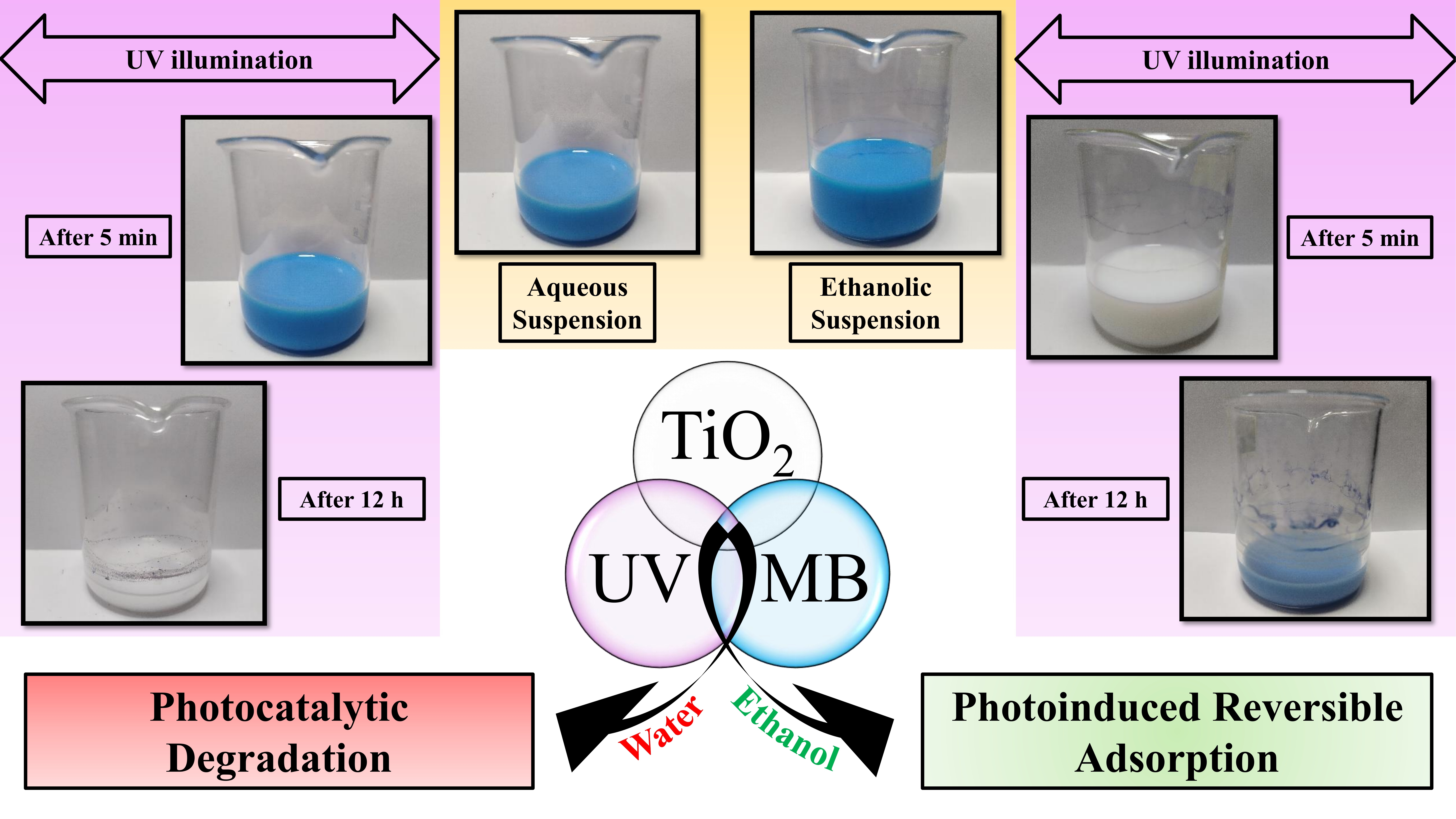Error loading player: No playable sources found
3749773
Effect of ethanol on photocatalytic activity of nano titania
Date
August 22, 2022
Related Products
Multivalent interaction-mediated colloidal propulsion and self-organization in nucleotide gradient
The intricate ability of living beings to sense and react to chemical gradients via targeted motion and chemical reactions depends majorly on multivalent interactions. However, the role of multivalency on the formation of assemblies, the transportation of colloids, and phoresis remains unexplored…
Janus colloid like active motion observed for symmetrical catalytic colloids
Catalytic Janus colloids represent one of the most experimentally explored examples of self-motile active colloid systems, and are well known to exhibit Active Brownian Particle like trajectories…
Automated control of chemical nanomotors
An automated and human-free control mechanism for Janus nanomotors powered by catalytic reactions utilizes fully automated electromagnetic coils to direct the magnetic field toward a reference point, causing the particles to move in response to the catalytic decomposition of hydrogen peroxide…
Functional alginate-TiO2-graphene oxide nanohybrids to minimize post-harvest loss of fruits and vegetables under visible light
Tailoring semiconductors with Graphene Oxide is one of the effective ways to enhance photocatalytic activity under visible light. In this study, beach sand obtained from Lanka Mineral Sand Ltd was magnetically separated and it was modified with graphene oxide in the Monowave 300 microwave reactor…



